The days have rolled into weeks and months, and Christmas is fast approaching. I’ve witnessed the change in weather in time at the comfort of my home, what with the need to stay inside due to the community quarantine. I still remember the scorching hot temperatures as I spent my summer at home in the province – and isn’t it always hot in the Philippines, unless it’s nearing Christmas? – all the way to the end of September. But the night air is now cold—the climate seemed to welcome October with a shift to a cooler season, the cold winter breeze reinforcing the feeling of Christmas—
—Christmas season, which started last September as we welcomed the -ber months with open arms, even only at home.
It’s amazing how Filipinos know how to still smile and celebrate, even when times have been difficult lately. A short survey of my neighboring houses will show houses adorned with Christmas lights and parols, already glittering in the dark as soon as dusk arrives. The roads are still lined with blankets of colors, with vendors trying to sell Christmas lanterns at night. The first thing I hear during a quick trip to the mall and the grocery is an all-too familiar song, “Whenever I see girls and boys selling lanterns on the streets…” and a couple more Christmas songs. News stations are all ending their broadcast with a countdown of the number of days before Christmas.
Christmas has really started in the Philippines, and, resilient and joyful as we Filipinos are, we’re not letting even the pandemic stop it.
Celebrating Christmas early also brings to mind a lot of things; after all, us Filipinos have a lot of food and traditions we specifically relate to Christmas.
Simbang Gabi is far from starting, but sellers of these delicious rice snacks or kakanins already abound near Churches. For instance, I was greeted with the aroma of fresh bibingka when I was walking home the other day. And what is Christmas if there’s no bibingka (rice cake) or puto bumbong around?
Bibingka is a treat served usually during the Christmas season. Made from rice flour and coconut milk or water, Bibingka has a distinct spongy, fluffy texture that makes it very enjoyable to eat. This rice cake is usually cooked in a special terra cotta container, almost like a usual palayok or jar, cooked over coal and fire. The taste is further enhanced by topping it off with itlog na maalat (salted egg), butter, or cheese, with niyog or dried, shredded coconut at the side.
Puto Bumbong, meanwhile, is a variation of the famous puto—a rice cake of sticky texture, usually topped with a slice of cheese. Puto Bumbong is a delicacy almost only available during the Christmas season, distinguished by its distinctive purple color, which is difficult to miss. Puto Bumbong is made from a violet-colored rice mixture called pirurutong, which is cooked through steaming in thin bamboo tubes, hence giving the rice treat a long, thin, appearance. This is usually topped with brown or muscovado sugar and niyog, but other variations serve it with latik (caramelized sugar).
These dishes are common staples in celebrating a common Filipino tradition called Simbang Gabi. Typically celebrated at dawn – usually as early as 3 AM to 5 AM – Simbang Gabi is a nine-day devotional mass held daily in anticipation of the coming Christmas day. As a largely Catholic country, a lot of Filipinos celebrate participate in this tradition, which has been in place ever since the early Spanish colonial times.
Spanish friars usually celebrated novenas in the evening once the Christmas season starts. However, they later had to celebrate mass in the early morning, rather than at night, since most Filipino farmers were up early in order to avoid working under the heat of the sun come noon. Celebrating mass so early in the morning then became a distinctively Filipino habit—one that carries on ‘til present in the spirit of Simbang Gabi.
The final day of the Simbang Gabi is celebrated during Christmas Eve, and is called Misa de Gallo. Christmas Eve is a special day for Filipinos as well, as they prepare food and gifts throughout the day to greet Christmas at exactly midnight, in what is called the Noche Buena. While the Simbang Gabi is celebrated mainly out of faith and tradition, it is actually believed that finishing all nine days of Simbang Gabi will grant you a wish that you fervently desire.
These are just a few Filipino food and beliefs celebrating specifically during Christmas—there are a lot more things we relate to Christmas, from food like queso de bola to decorations like parol—but one thing’s sure: we have a strong Christmas spirit, and it’s something we carry with us, even during the hardest of times.
It’s hard to imagine how Christmas will be like this year—perhaps we won’t see our relatives and celebrate Noche Buena with them, and maybe we won’t have Secret Santas and monito/monitas to exchange gifts with. But the us Pinoys are strong, and I’m sure we won’t let these things take the joy away from our typical Christmas experience. We’re still celebrating Christmas full of hope, joy, faith, and love; filled with gratefulness and generosity, never forgetting the people who won’t be celebrating the occasion the way we do.
And perhaps that’s really all we need to celebrate Christmas—just a heart full of hope, and a hand ready to share with others. -Athena C.














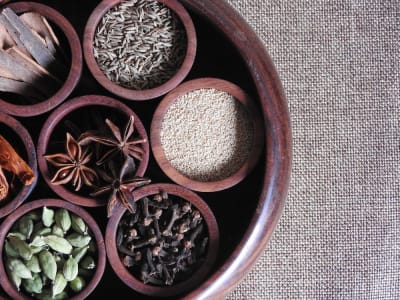

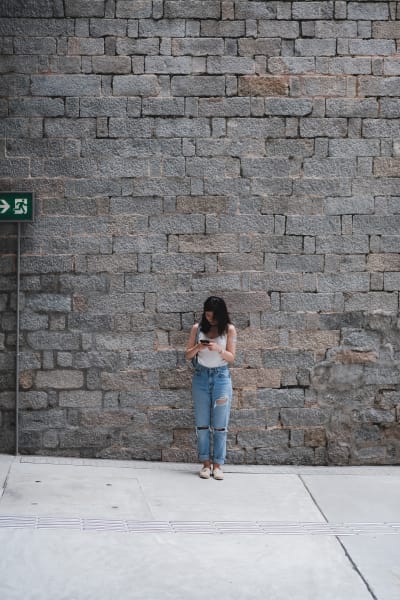



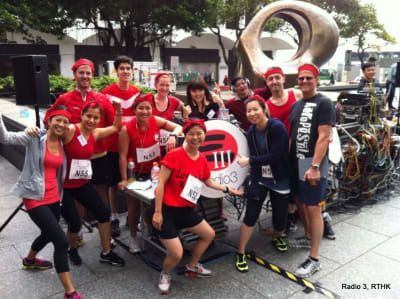
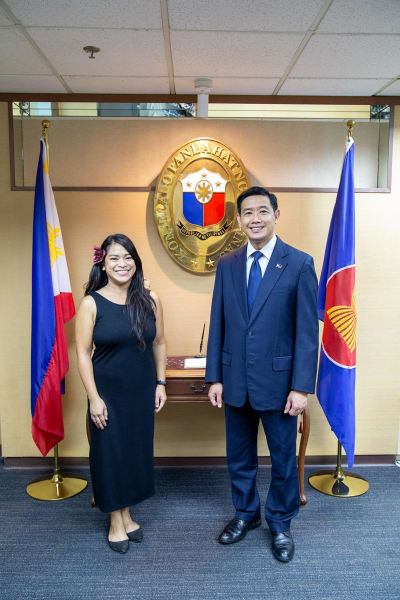




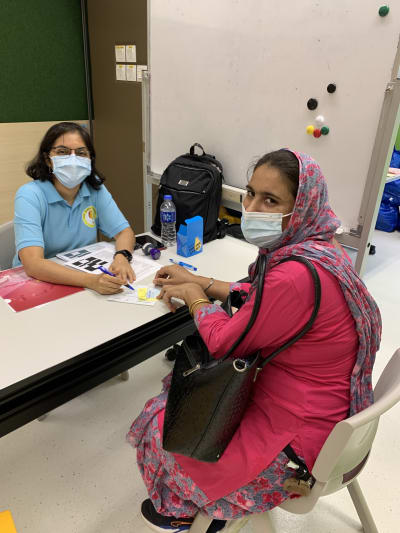





9dde49c3be6bac6166d59fb7abf39532)



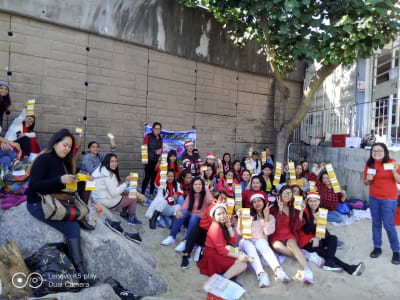



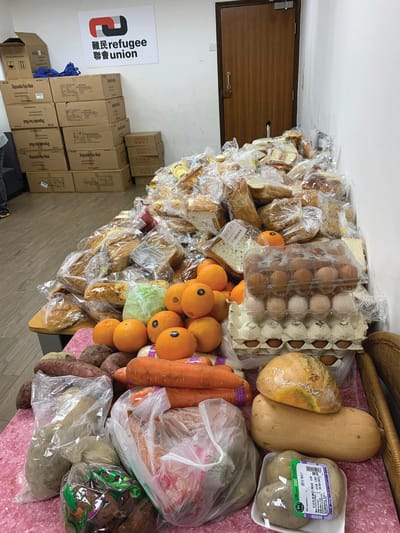

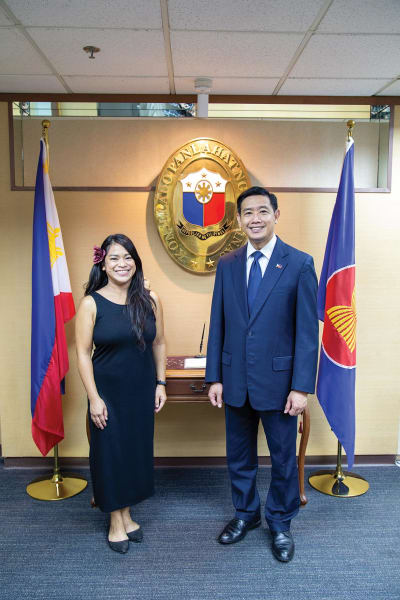
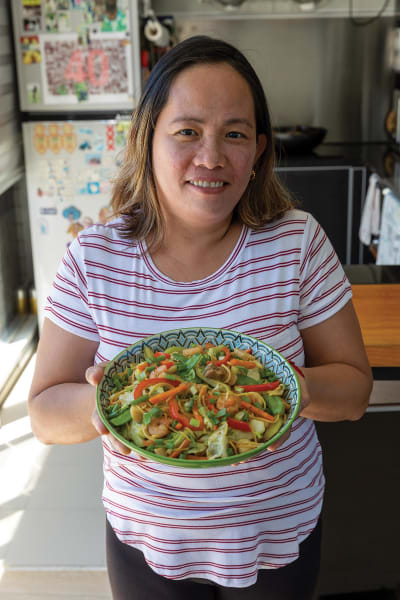



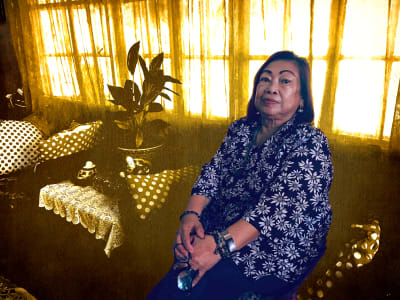

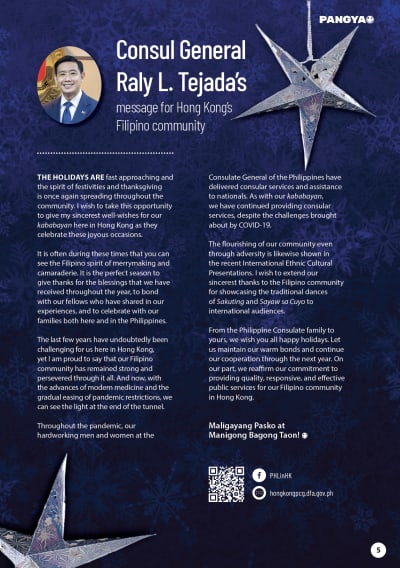


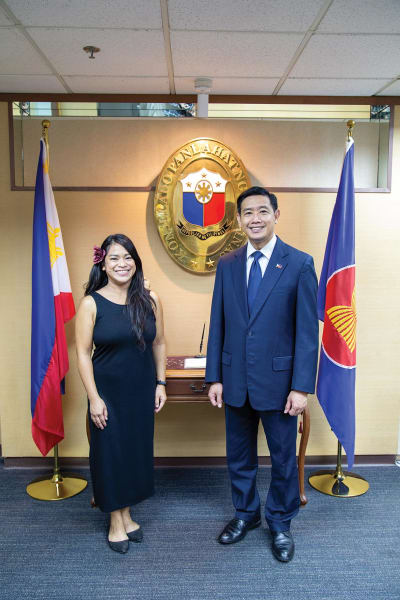



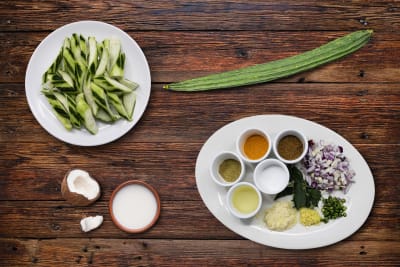
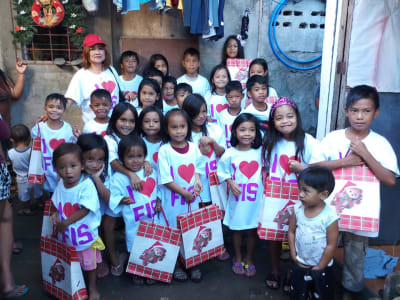










 (1)4b7355993ca6165c683913d00254e725)
6c2435b2dd0927f22b3222b88d21fb70)
